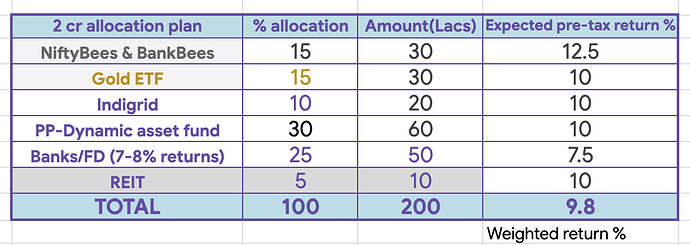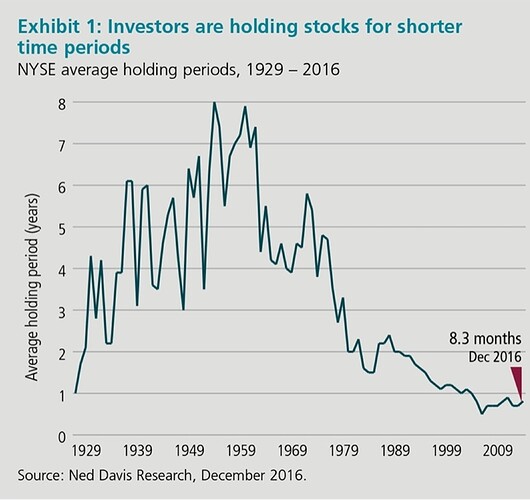More thoughts on my beta test phase: What’s Helping Me Sleep at Night
Continuing on with my earlier post. While the 4% rule is an amazing starting point. Something easy to wrap your head around. I’ve realised that life never works in a straight line just like investing. It has its ups and downs and some really serious curve balls that it throws at you.
Keeping that in mind, along with the 4% rule, I’ve also started following the bucket strategy that Christine Benz advocates about in her wonderfully written Morningstar articles.
But after a year of actually living off my investments, I’ve realised — real life needs more than just a formula. Sometimes the markets are a mess. Sometimes you’re a mess. Sometimes the world’s a mess (this period has seen low growth and layoffs around the world, a trade war and multiple wars around the world including the brief one we had with Pakistan). And sometimes, you just want to take money out without overthinking it. She’s written a ton about it and it just… made sense to me.
Here’s how I’ve been doing it. Nothing too fancy:
Bucket 1: Just cash. About a year’s worth of expenses. Sits in a boring old flexi account tied to an FD. This is the peace-of-mind bucket. It takes care of all the monthly bills for essentials and some lifestyle related expenses (movies, coffee, a nice meal, few drinks, subscriptions, small vacations in India etc.) — it all comes from here. I don’t even look at the market for this stuff.
Bucket 2: Short-term debt stuff. Locked in long term FDs, conservative hybrid funds, EPF etc. Slightly better returns than bucket, still low risk as Bucket 1. Covers about 3-4 years of expenses.
I top up Bucket 1 from here when it starts running low. Usually once a year. I first start with the interest earned in the previous year before dipping into the principal saved.
Bucket 3: My equity bucket. This includes my MFs and about 10-12 stocks that I don’t plan to sell unless I really have to or if the story has run out or not run as expected. This one’s for the long haul. Ideally, I leave it untouched and just let it do its thing.
Bucket 4: Emergency medical fund. This one’s a small-ish chunk, kept separate locked away as a FD. Haven’t had to touch it yet (thankfully), but I like knowing it’s there. Because yeah, God has made us fragile, and hospitals are expensive. It also helps knowing this small fund will keep my pf protected (to a certain extent) if something goes wrong.
The central idea is that as and when bucket #3 grows in size due to the power of equities and its compounding nature, I’ll rebalance by adding to the other buckets and keep this system going. Tweak as needed and see how it all flows. When I layer all this with the 4% rule, the portfolio keeps going.
So yeah, it’s not some genius system. Effectively following what Christine Benz talks about. But it’s helped me feel slightly more in control.
The real idea here though? This whole approach — the 4% rule, the buckets etc — it’s not about being rich and leading a lavish lifestyle. It’s about not worrying and living within one’s means. About knowing that your money can work for you while you go live your life (and I’ve been living mine in peace after a long long time - the real silver lining of losing two jobs has been this, feeling liberated).
To quote Seneca again, “We suffer more often in imagination than in reality.” These buckets, they keep my imagination and fears in check.
Anyways, I’ll keep doing this till I find my next paid gig. And with anything to do with personal finance and investing, I’ll keep checking my pf for the returns it generates and more importantly I’ll keep a tab on my expenses as that is really the only thing that is in my control.
So, I’ll continue testing, tweaking and learning in this fantastic and uncertain journey just like our lives 



